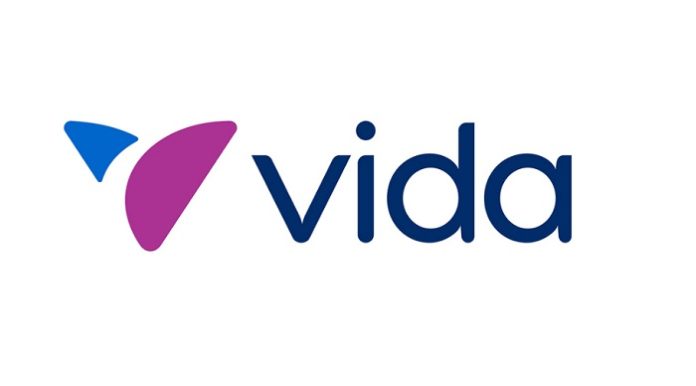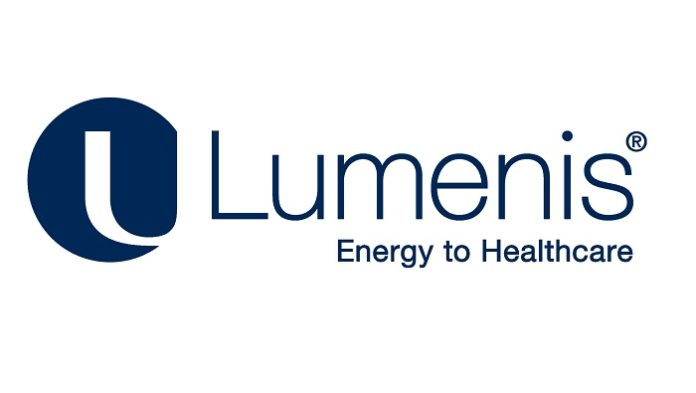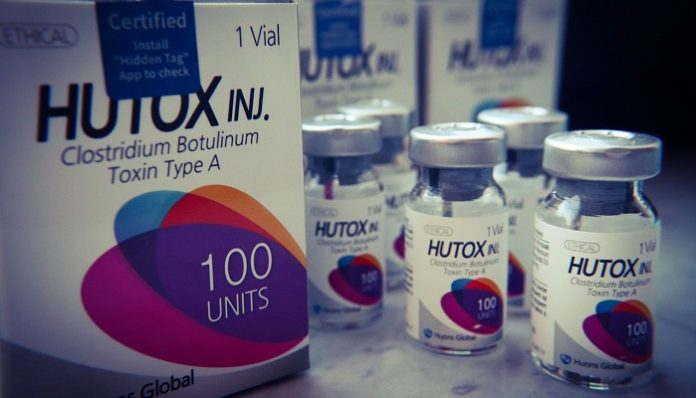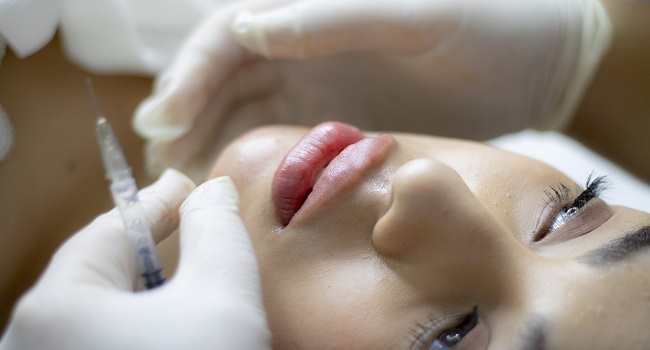VidaHealth, a virtual cardiometabolic care leader, and Withings Health Solutions, the major health player in powerful everyday wearables, has today announced a partnership to deliver best-in-class remote monitoring devices to Vida members. Through this collaboration, eligible Vida members will receive either a Withings Body Pro cellular scale, a BPM Connect Pro cellular blood pressure monitor, or both. With these devices, Vida’s care teams willhaveaccess to consistent and accurate patient-generated health data, enhancing their personalized-care approach to improving health outcomes.
Vida’s virtual cardiometabolic solutions serve members in all 50 states in both English and Spanish. Clients include employers like Boeing, Visa, General Motors, Cisco, and Bass Pro Shops, along with some of the country’s largest health plans like Humana and Blue Cross Blue Shield. They have proven clinical outcomes across a range of conditions, including obesity, diabetes, congestive heart failure, chronic obstructive pulmonary disease, hypertension, depression, and anxiety. Vida is the only virtual chronic care solution in its class to guarantee outcomes through a value-based pricing structure that puts 100% of Vida’s fees at risk for both physical and mental chronic outcomes.
Withings Health Solutions is a dedicated division of Withings designed to meet the needs of medical professionals, institutions, disease management programs, coaching platforms, remote patient monitoring programs, and researchers, allowing Withings powerful health devices to be integrated into third-party ecosystems.
“Vida’s approach to managing patients with chronic conditions combines compassionate, patient-centered clinical care with the power of technology,” said Gretchen Zimmermann, RD, CDCES, CSOWM, Senior Director of Cardiometabolic and Prescribing at Vida Health. “Regular self-monitoring,like weight and blood pressure tracking, plays a pivotal role in achieving positive health outcomes when complemented by appropriate clinical interventions. We’re excited to join forces with Withings Health Solutions to provide our members with access to easy-to-use, high-quality devices for monitoring progress, engaging in meaningful discussions with their Vida healthcare providers, and establishing clear, actionable goalsto improveoverall health outcomes.”
By integrating Withings’s cellular scale and blood pressure monitor, Vida not only elevates the user experience it delivers to its patients but also streamlines operations for its teams.
- Patient experience informed by expertise: With 15 years of experience in the consumer industry and engagement with millions of users, Withings Health Solutions has developed devices that patients love to use. Their designs aim to integrate comfortably into patients’ daily routines, leading to increased engagement and consistent use over time.
- Reliable data for informed patient care:By partnering with Withings Health Solutions, Vida memberswill enjoy devices recognized for their quality and accuracy of their measurements, ensuring that their care teams leverage high-quality data to support their patients in their health journey.
- Operational efficiency driven by a seamless integration: Vida will leverage Withings Health Solutions logistic capabilities to deliver devices directly at their patients’ doorsteps, integrating its drop-shipment API into its existing workflow to automate its daily operations.
“Patient experience is frequently marginalized as a “nice to have” within the healthcare industry. Yet, with Vida,we share the belief that it actually is a “must-have.” Great experiences not only foster patient engagement but also lead to better health outcomes,” said Antoine Robiliard, VP of Withings Health Solutions. “Our cellular devices ensure that Vida’s care teams continuouslyreceiveaccurate and reliable measurements to make more informed and timely decisions. With a joint focus on enhancing the patient experience, we aim to drive consistent program engagement while reducing the long-term costs of living with and managing a chronic condition.”






























